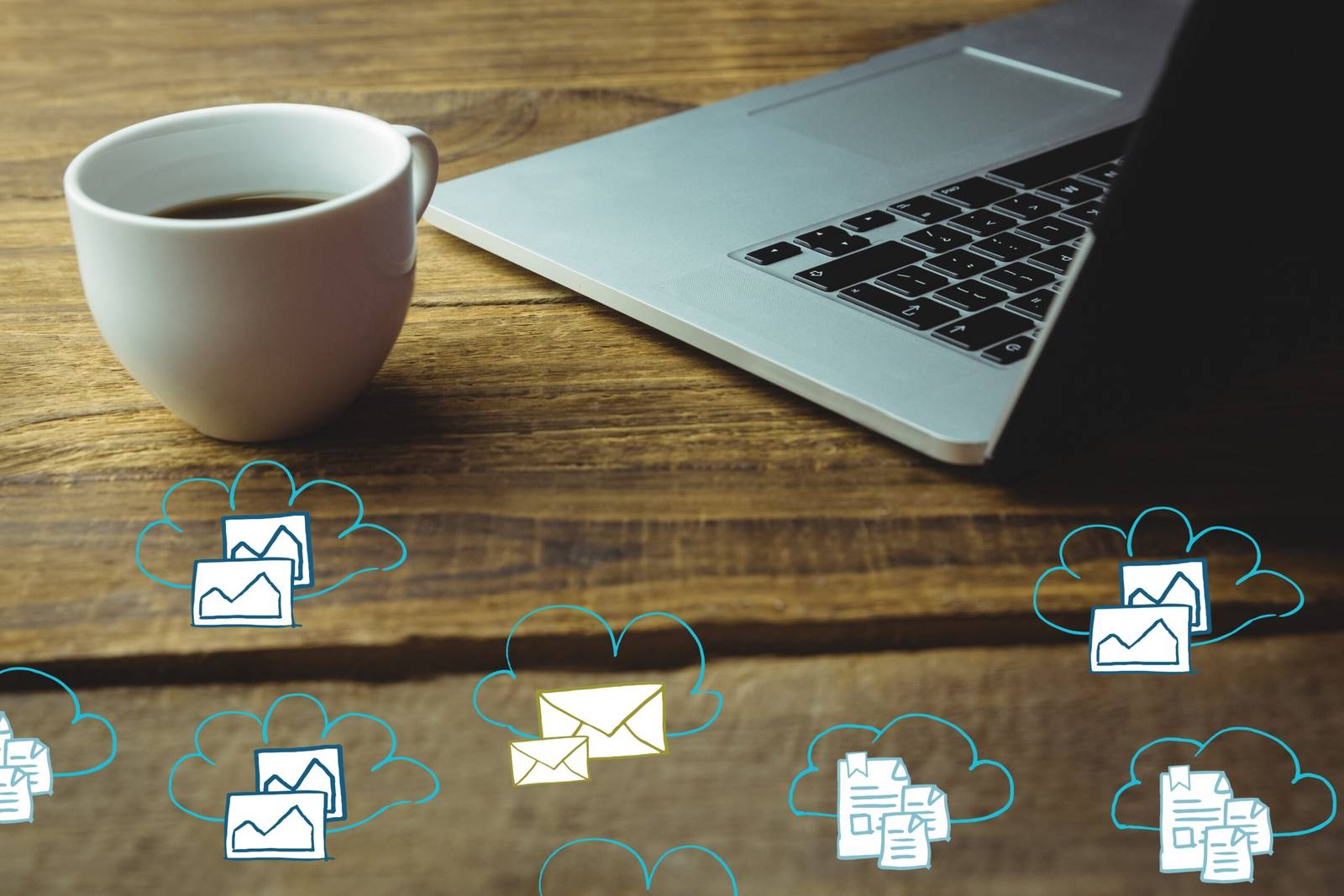E-commerce Email Marketing: Personalization Strategies

by Web Digital
Email marketing is a powerful tool for e-commerce businesses to engage with their customers, build brand loyalty, and drive sales. In the competitive world of online retail, personalization has become a key strategy to stand out and connect with customers on a deeper level. This article explores the importance of personalization in e-commerce email marketing and provides strategies to implement it effectively.
The Significance of Personalization
Personalization in e-commerce email marketing goes beyond simply addressing recipients by their first names. It involves tailoring email content, recommendations and offers to individual preferences and behaviours. Here’s why personalization matters:
Improved customer Experience: Personalized emails convey a sense of value and understanding to customers. When emails contain content relevant to their interests, customers are more likely to engage with them.
Improved Open and Click-Through Rates: Emails that speak to recipients’ preferences have higher open rates and click-through rates (CTR). This, in turn, leads to increased website traffic and conversions.
Higher ROI: Personalization can deliver a significant return on investment (ROI). Relevant product recommendations and personalized offers can boost sales and revenue.
Personalization Strategies for E-commerce Email Marketing
Now, let’s explore effective personalization strategies for e-commerce email marketing:
1. Segmentation
Segmentation involves dividing your email list into smaller groups based on specific criteria, such as demographics, purchase history, or browsing behaviour. This allows you to send targeted and relevant content to each segment.
Demographic Segmentation: Consider factors like age, gender, location, and job title to tailor content to different audience segments.
Behavioural Segmentation: Analyze how customers interact with your website and emails. Segment customers based on their browsing history, purchase frequency, and cart abandonment behaviour.
Lifecycle Segmentation: Tailor emails based on where customers are in their journey, whether they’re new subscribers, repeat buyers or inactive users.
2. Personalized Product Recommendations
Leverage customer data and AI-powered algorithms to recommend products that align with each recipient’s interests and past purchases. Use phrases like “Recommended for You” or “Based on Your Purchase History” to draw attention to personalized recommendations.
3. Dynamic Content
Include dynamic content blocks within your emails that change based on recipient data. For example, show different product images or descriptions based on the recipient’s preferences or browsing history.
4. Abandoned Cart Recovery
Implement an automated abandoned cart email series. When a customer adds products to their cart but doesn’t complete the purchase, send a series of emails with personalized product recommendations and incentives to encourage them to return and finalize the purchase.
5. Personalized Subject Lines
Craft subject lines that grab the recipient’s attention and convey personalization. Mention their name or refer to their recent activity, such as “Your Wishlist Awaits” or “Exclusive Offer for [Name].”
6. Personalized Discounts and Offers
Provide tailored discounts or promotions aligned with customer behaviour. For instance, provide a special birthday discount or offer a loyalty reward based on a customer’s purchase history.
7. Customer Feedback and Reviews
Include customer reviews and testimonials in your emails. Highlight products that have received positive feedback from customers who share similar preferences or purchase history.
8. A/B Testing
Continuously test different personalization elements, such as subject lines, product recommendations, and email timing. In the ever-evolving landscape of digital marketing, understanding your audience’s preferences is the key to success. A/B testing, also known as split testing, has emerged as a powerful tool to help marketers gain insights into what resonates most with their audience. This article explores the significance of A/B testing in marketing, the methodology behind it, and how it can be used to identify and optimize strategies that connect with your target audience.
The Importance of A/B Testing
A/B testing is a methodical approach to understanding audience preferences by comparing two versions of a marketing element, such as a web page, email campaign, or advertisement. It allows marketers to make data-driven decisions, optimize campaigns, and achieve better results. Here’s why A/B testing is so crucial:
Eliminating Guesswork: Instead of relying on assumptions or personal preferences, A/B testing provides concrete data on what works and what doesn’t.
Continuous Improvement: A/B testing is an iterative process. Marketers can refine their strategies over time, ensuring they stay aligned with evolving audience preferences.
Higher ROI: By optimizing campaigns based on A/B test results, marketers can achieve a higher return on investment (ROI) as they focus resources on strategies that resonate with their audience.
Understanding A/B Testing Methodology
A/B testing involves comparing two variants, A and B, to determine which one performs better. Here’s a basic outline of the process:
Hypothesis: Start with a clear hypothesis. What change or variation do you believe will improve your marketing element? For example, you might hypothesize that changing the colour of a call-to-action button will increase click-through rates.
Random Sampling: Divide your audience into two random, equal groups: Group A (the control group) and Group B (the experimental group).
Test Execution: Implement the change or variation (Group B) while keeping the original version (Group A) unchanged. For instance, Group A sees the original blue button, while Group B sees the new green button.
Data Collection: Measure the performance of both versions. Depending on your objective, you might track metrics such as click-through rates, conversion rates, bounce rates, or revenue generated.
Statistical Analysis: Use statistical analysis to determine if the observed differences are statistically significant. This helps ensure that the results are not due to chance.
Implementation: If the experimental version (Group B) outperforms the control version (Group A), you can implement the change across your entire audience.
Continuous Testing: A/B testing is not a one-time effort. Continuous testing and optimization are key to staying in tune with audience preferences and improving over time.
Areas of Application for A/B Testing
A/B testing can be applied to various marketing elements and strategies:
Website Optimization: Test different website layouts, headlines, images, or forms to improve user engagement and conversion rates.
Email Marketing: Experiment with subject lines, email copy, call-to-action buttons, and send times to boost open and click-through rates.
Advertising Campaigns: Test ad creatives, ad copy, targeting options, and bidding strategies to maximize ad performance and return on ad spend (ROAS).
Product Development: A/B testing can extend beyond marketing. Test product features, pricing models, and user interfaces to enhance the user experience.
Landing Pages: Optimize landing pages for specific goals, such as lead generation or product purchases.
Best Practices for A/B Testing
To get the most out of your A/B testing efforts, consider these best practices:
Set Clear Objectives: Define clear, measurable objectives for your A/B tests. What are you trying to achieve, and what metrics will you use to measure success?
Test One Variable at a Time: Isolate a single variable in each A/B test to ensure that any observed improvements or declines can be attributed to that specific change.
Segment Your Audience: Segment your audience to ensure that the results are relevant to specific customer groups. What works for one segment may not work for another.
Ensure Adequate Sample Sizes: Ensure that your sample sizes are large enough to produce statistically significant results. Smaller sample sizes may lead to inconclusive results.
Document and Learn: Keep a record of your A/B tests, including hypotheses, results, and insights gained. Use this documentation to inform future tests and strategies.
Be Patient: A/B testing requires patience. Sometimes, you may need to run tests for an extended period to gather sufficient data for meaningful conclusions.
Conclusion
A/B testing is a powerful tool that empowers marketers to make data-driven decisions, optimize strategies, and align campaigns with audience preferences. By systematically testing variations and continuously improving based on results, businesses can enhance their marketing efforts, achieve better ROI, and stay ahead in the competitive digital landscape. As you embark on your A/B testing journey, remember that understanding your audience is an ongoing process, and A/B testing is a valuable compass guiding you toward audience-centric success.
Recommended Posts

Online Marketing for Wasaga Beach Retail Stores: Boosting Sales
December 4, 2024

Healthcare Marketing in Whitby: Building Trust Online
December 3, 2024


Comments are closed.